Harnessing deep ecological expertise to tackle the biodiversity crisis
The deep ecological expertise behind our technology ensures scientifically robust, practical, and meaningful insights for nature-positive decision-making. Here’s why and how we’re tackling one of the greatest challenges of our time—the biodiversity crisis.
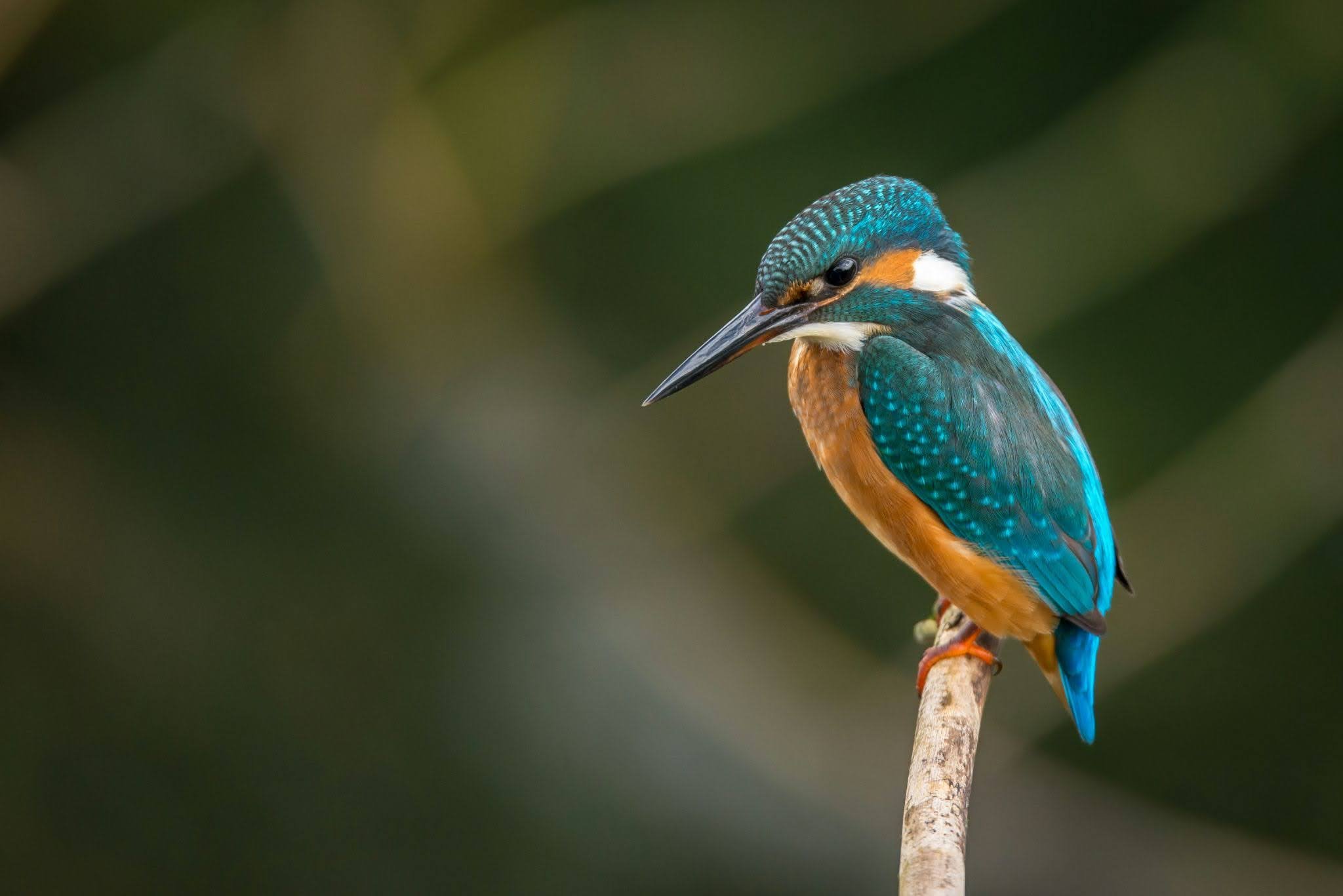
The biodiversity crisis in numbers

1 million species at risk of extinction
The world is facing its sixth mass extinction, with over a million species threatened by habitat destruction, pollution, and climate change. Each loss weakens ecosystems, making them more vulnerable to collapse.
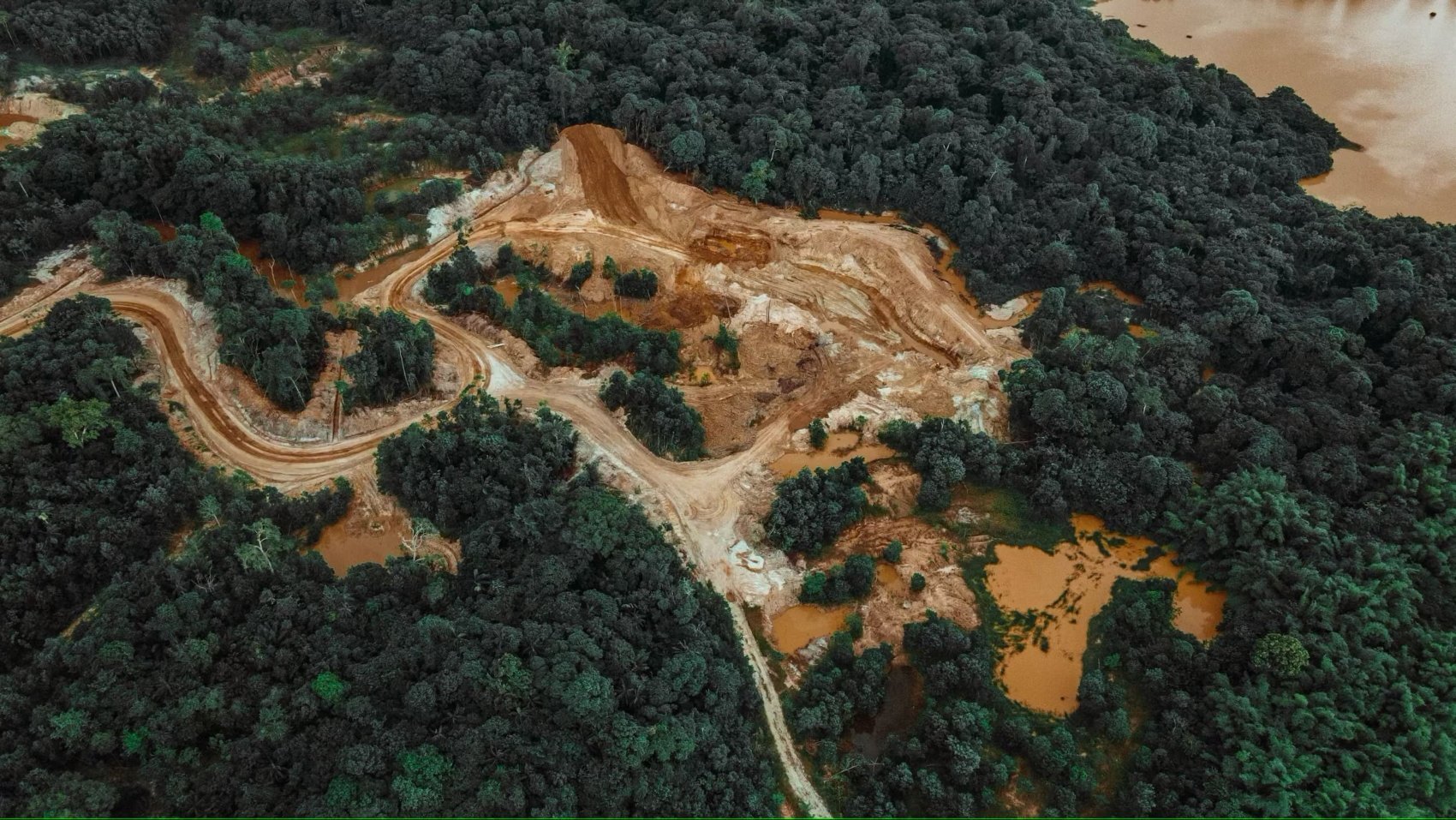
73% average decline in wildlife populations since 1970
Global wildlife populations have plummeted in just over 50 years, driven by deforestation, land use change, and unsustainable resource use. Protecting and restoring habitats is critical to reversing this trend.
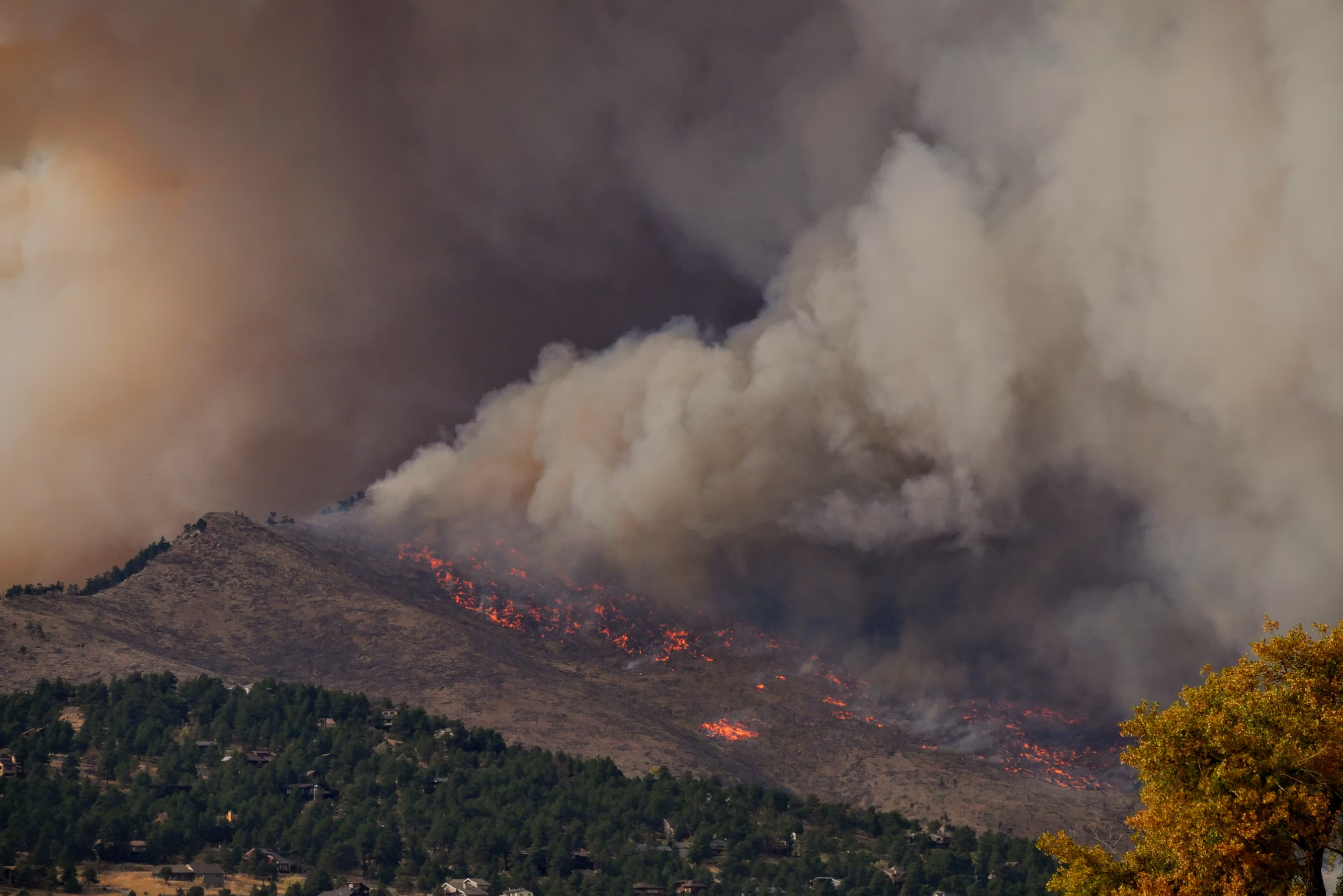
50% of global GDP depends on nature
Half of the world’s economic output—$44 trillion—is directly or indirectly reliant on healthy ecosystems. The biodiversity crisis is not just an environmental issue; it’s a fundamental risk to businesses, economies, and societies.
Our approach
We combine deep ecological expertise with rigorous scientific methods to turn complex habitat data into clear, actionable insights. By understanding ecosystems at every scale, we help organisations make informed decisions that support biodiversity, mitigate risks, and drive positive environmental impact.
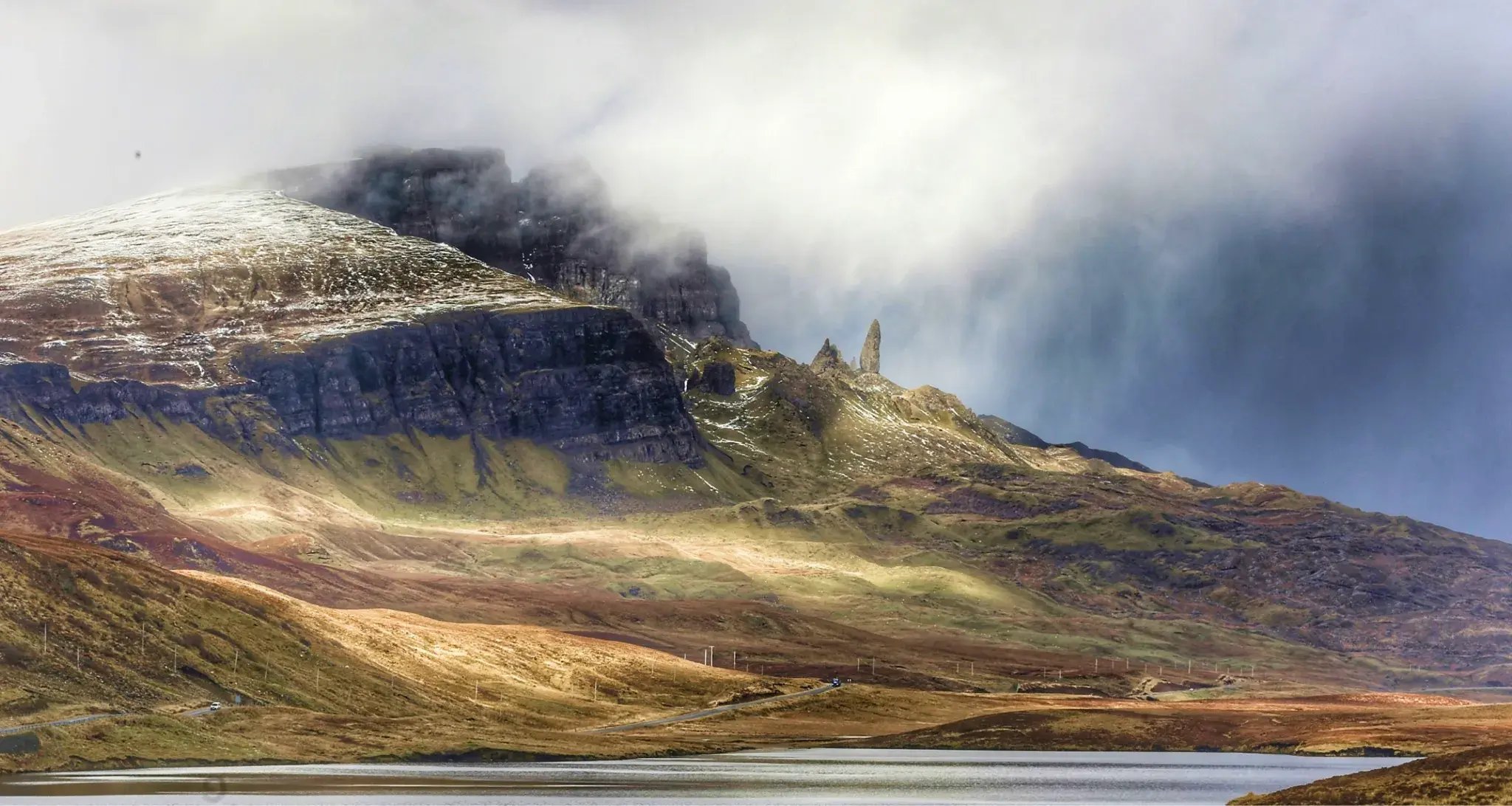
We use habitat as a proxy for biodiversity
Biodiversity is complex and dynamic, making it challenging to measure directly at scale. Instead, we use habitat as a proxy—mapping and classifying different ecosystems to understand the conditions that support species. Habitat type, quality, and connectivity provide reliable indicators of biodiversity health, helping organisations track changes, assess risks, and make informed conservation and land management decisions. By using well-established habitat classification frameworks, we ensure our insights align with global standards, making them practical, actionable, and scientifically robust.

The habitat classification systems we use
UK Habitat Classification
The UK Habitat Classification (UKHab) provides a standardised approach to mapping and assessing habitats across the UK. It’s widely used in biodiversity net gain (BNG) assessments, conservation planning, and land management, ensuring consistency and accuracy in ecological reporting.
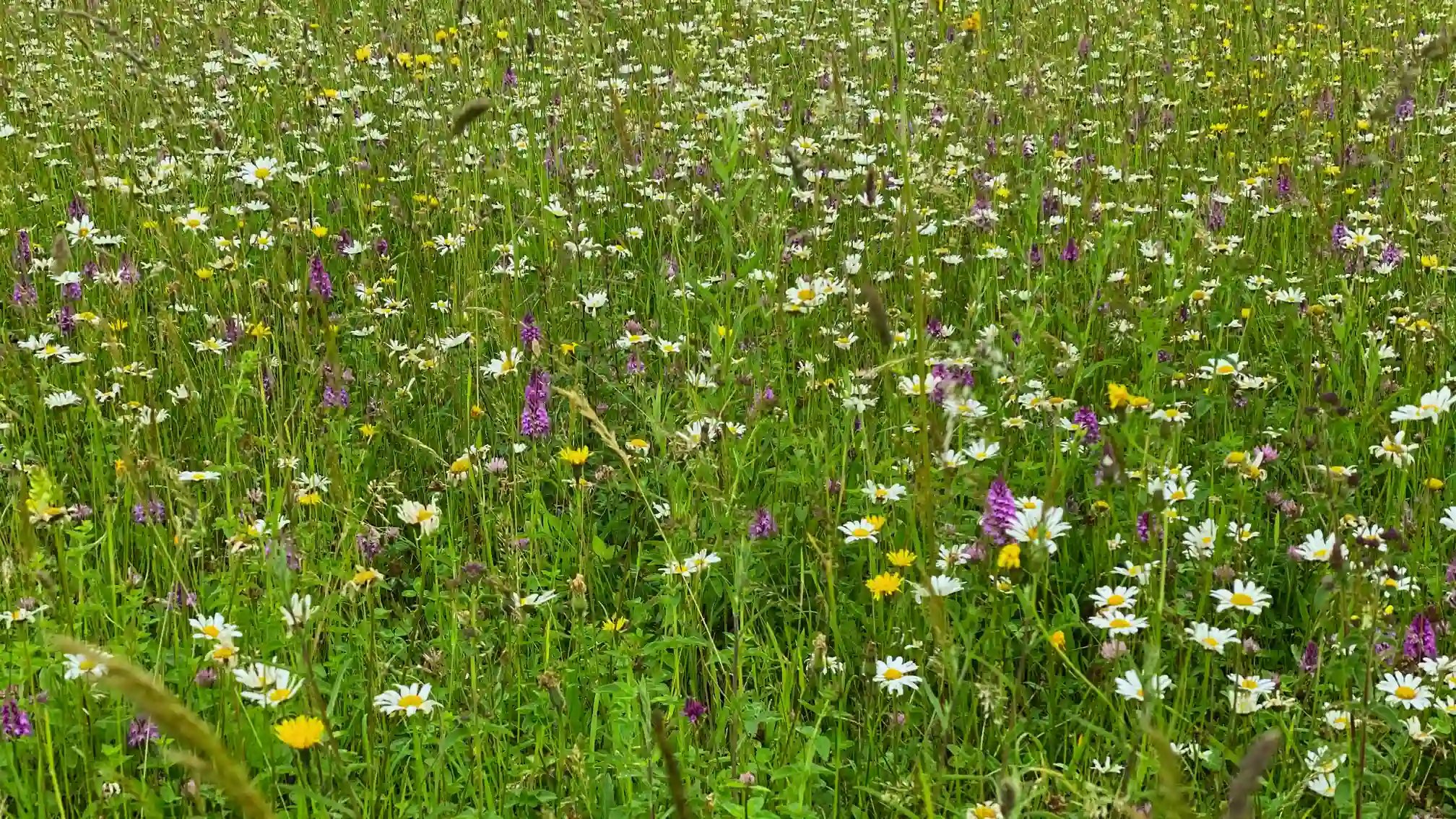
IUCN Classification Scheme
Developed by the International Union for Conservation of Nature (IUCN), this system categorises global habitat types based on ecological function and structure. It supports international conservation efforts, aligning habitat assessments with global biodiversity policies and frameworks like the IUCN Red List of Ecosystems.
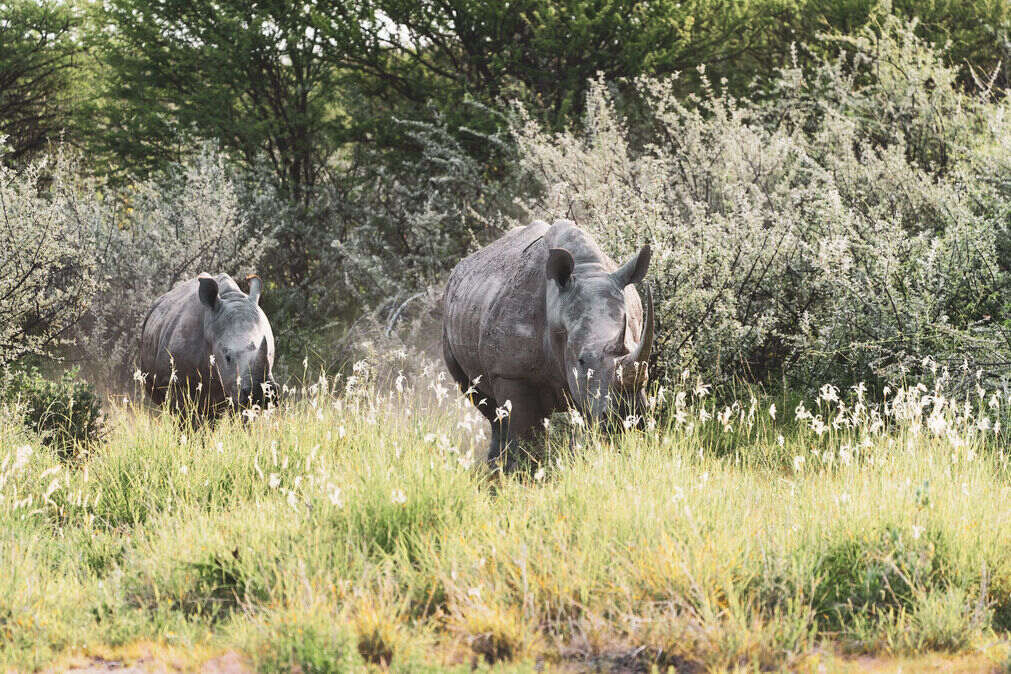
EUNIS Habitat Classification
The European Nature Information System (EUNIS) provides a detailed framework for classifying habitats across Europe. Designed to support conservation initiatives and EU legislation, it enables consistent biodiversity assessments across countries, ensuring habitat data is comparable and actionable at a continental scale.
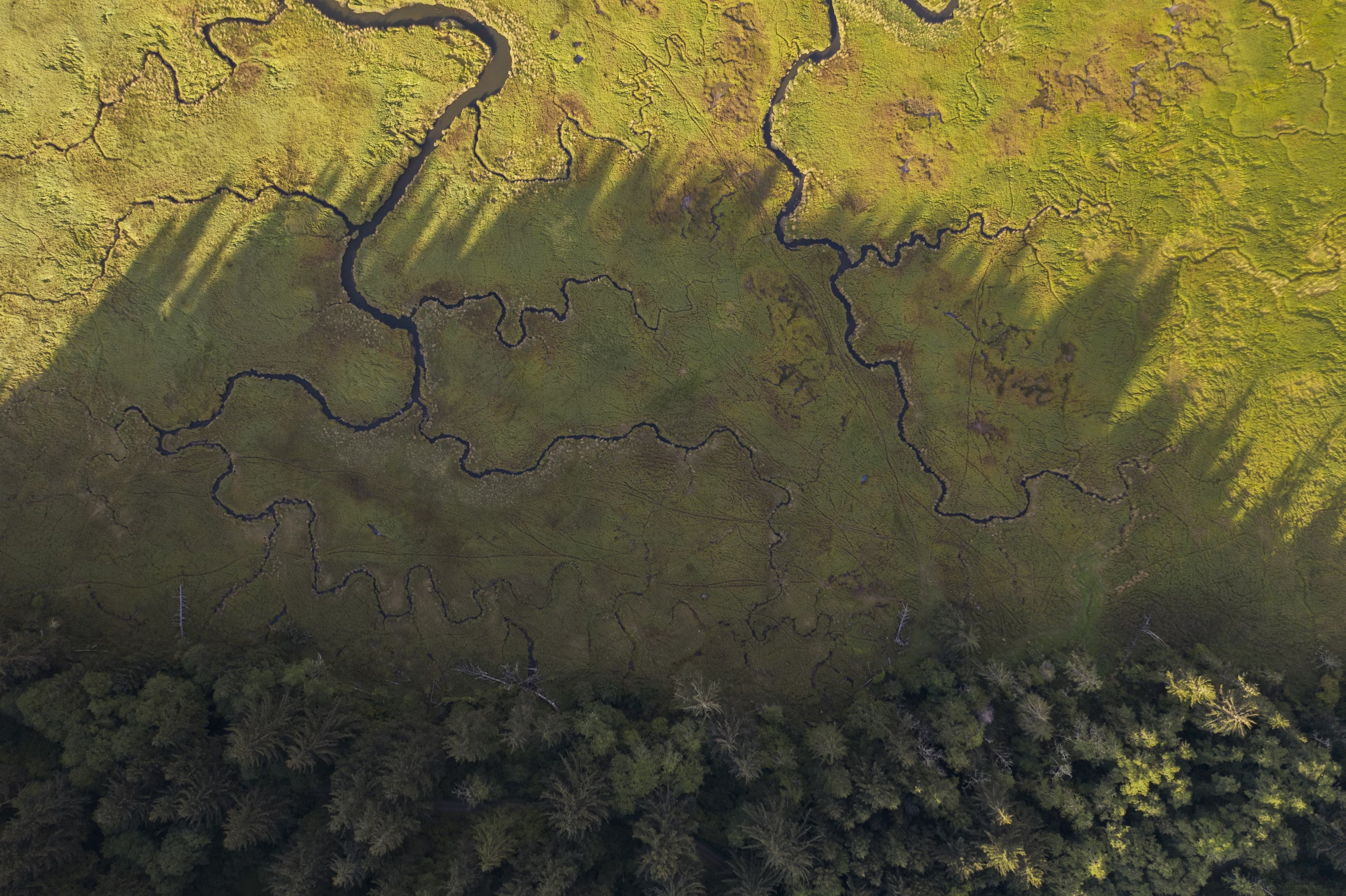
Q&A
Why do you focus on habitats instead of counting individual species?
Directly monitoring all species in an ecosystem is incredibly complex and resource-intensive. Instead, we use habitat as a reliable indicator of biodiversity. By mapping habitat type, condition, and connectivity, we can assess the ecosystems that support wildlife, track changes over time, and provide actionable insights for conservation and land management.
How accurate is habitat classification for measuring biodiversity?
Habitat classification is a globally recognised method for assessing biodiversity. Our approach combines ecological expertise with high-resolution data to ensure precision. By aligning our assessments with well-established classification systems like UKHab, IUCN, and EUNIS, we provide scientifically robust and actionable insights tailored to each project’s needs.
Can your habitat mapping help with biodiversity net gain (BNG) and other regulations?
Yes. Our habitat data is designed to align with regulatory frameworks such as BNG in the UK, TNFD reporting, and EU biodiversity policies. By providing high-accuracy habitat classifications and monitoring changes over time, we help organisations meet compliance requirements and drive measurable nature-positive outcomes.
Challenges of on-site ecological surveys
Traditional ecological survey methods, including manual field surveys, environmental DNA (eDNA) sampling, and drone-based assessments, have been instrumental in biodiversity monitoring. However, they present several challenges that can limit their effectiveness, especially when addressing the biodiversity crisis at scale.

Limited scalability and coverage
On-site surveys often require significant time, labour, and resources, making it challenging to monitor large or remote areas comprehensively. This limitation hampers our ability to gather extensive data necessary for informed conservation strategies.

eDNA method constraints
While eDNA offers non-invasive sampling advantages, its effectiveness can be influenced by factors such as DNA degradation rates, environmental conditions, and the potential for contamination. These variables can complicate data interpretation and affect the reliability of biodiversity assessments.
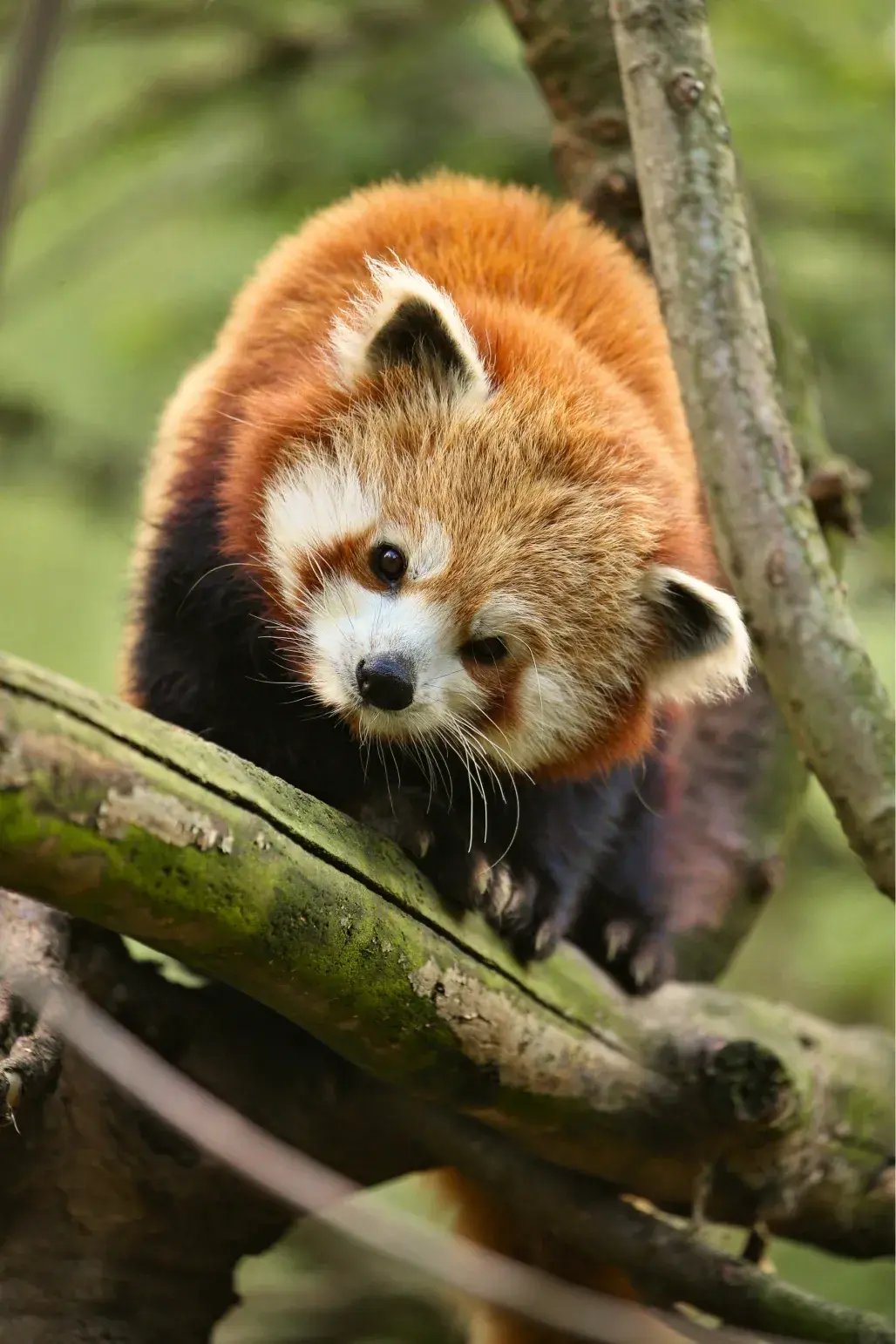
Drone survey limitations
Drones provide aerial perspectives but may struggle with dense vegetation, adverse weather conditions, and limited flight durations. These constraints can result in incomplete data collection and may not fully capture ground-level biodiversity.
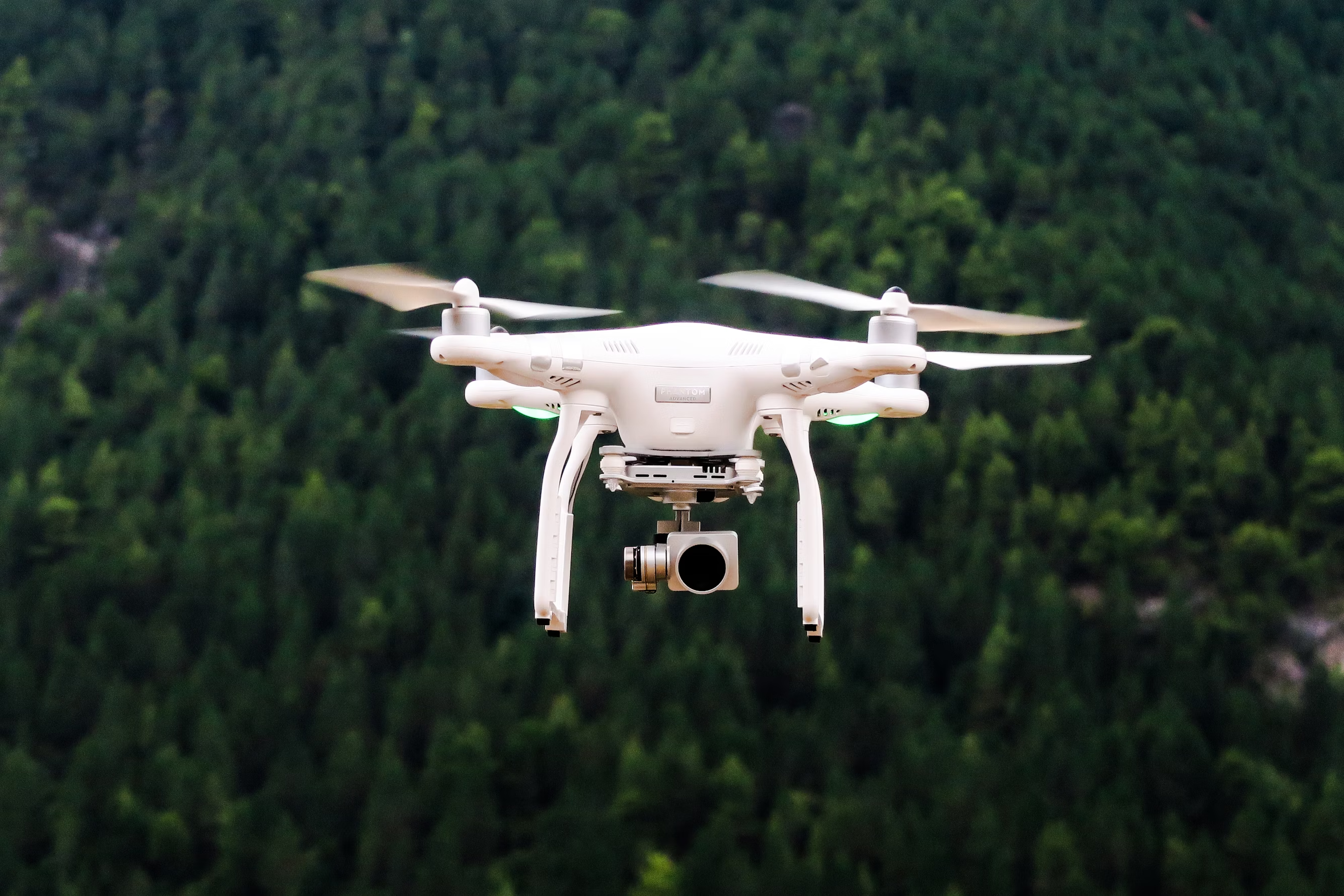
Taxonomic identification challenges
Accurate species identification during manual surveys requires specialized taxonomic expertise, which is in decline. Misidentification risks can lead to inaccurate data, affecting conservation planning and decision-making.
.webp?width=1503&height=1175&name=robin-mcskelly-Tn9cYNhzKc0-unsplash%20(1).webp)
Urban biodiversity: bringing nature into the heart of our world
Biodiversity isn’t just a rural or wilderness issue—cities and towns are critical to reversing nature loss. With urban areas expanding rapidly, the way we design, manage, and restore nature in our cities will shape the future of biodiversity and climate resilience. Urban green spaces—parks, street trees, green roofs, and wetlands—not only support wildlife but also improve air quality, reduce heat, enhance well-being, and strengthen climate adaptation efforts.
At Gentian, urban biodiversity is in our DNA. We believe that to solve the biodiversity crisis, we must integrate nature into the spaces where people live and work. By mapping urban ecosystems with precision, we provide the insights needed to protect and enhance green infrastructure, ensuring that cities become hubs for biodiversity rather than barriers to it. From local authorities to developers, we empower decision-makers to create thriving, nature-positive urban environments—because the future of biodiversity depends on the landscapes we shape today.


Read about our technology
You have read about our ecological approach to the biodiversity crisis—now explore how our technology transforms complex habitat data into actionable insights. Using advanced remote sensing, AI, and satellite imagery, we deliver precision-driven biodiversity mapping at scale, empowering organisations to make informed, nature-positive decisions.
.jpg?width=5184&height=3888&name=neil-macc-gMdMfO2C5GI-unsplash%20(1).jpg)
Contact us
Whether you’re scoping a site, shaping a sustainability strategy, or monitoring long-term change, we’re here to help. Let’s explore how Gentian’s tools can support your environmental goals with speed, accuracy, and clarity.